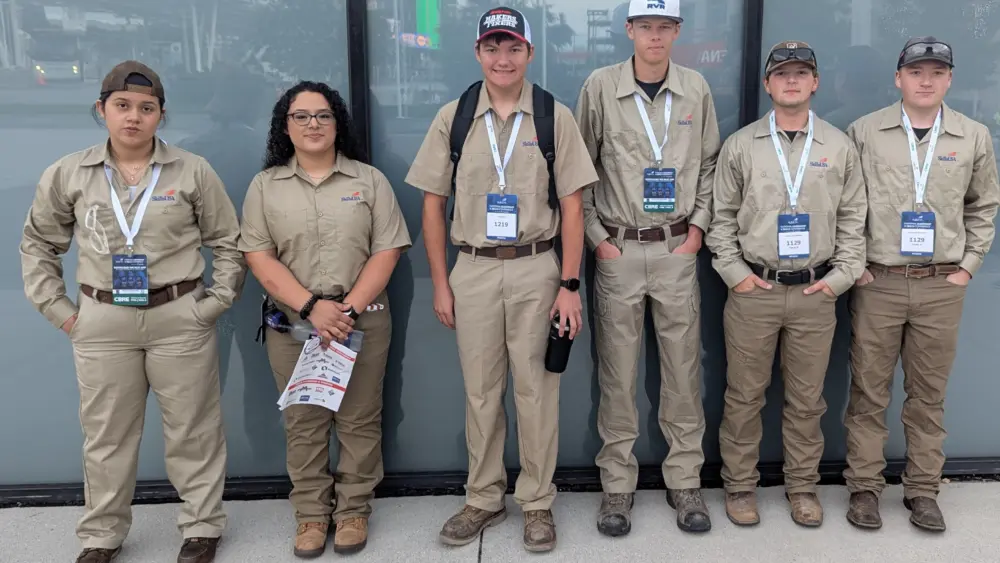Test results of groundwater under AltEn released by NDEE on Friday show very high concentrations of pesticides in one of the samples from a test well directly adjacent to AltEn’s NW Lagoon that has had a mysterious drop in the level of the contaminated wastewater over the
past few months.
Eight of the nine test wells showed some level of pesticide contamination.
Pesticides have now been found in groundwater about 50 feet below the holding ponds. This indicates there has been significant leaching of the toxic solution from the lagoons where NDEE has documented for some time that there are holes in the damaged liners. The Todd Valley Aquifer is the shallow groundwater that spans about a third of Saunders County and reaches from Mead to Ashland.
The Groundwater Atlas of Saunders County from the Nebraska Conservation and Survey Division of UNL explains that groundwater in the aquifer flows to the southeast and travels about 2.5 feet per day. It is both confined and unconfined, and therefore connects with surface water such as Wahoo Creek, the Platte River and other groundwater in some areas.
Contamination in the Todd Valley Aquifer threatens to pollute wells throughout the area if the plume is not contained and/or pumped out.
Of most concern are the levels of Mefenoxam, a fungicide, that tested at 2,700 micrograms per liter; Thiamethoxam, a neonicotinoid, at 2,000 micrograms per liter; and the insecticide Chlorantraniliprole, at 960 micrograms per liter.
Dr. Judy Wu-Smart, lead Entomologist at the Bee Lab at the University of Nebraska at Lincoln, noted that “Systemic insecticides may be picked up by plants and consumed by animals, including pollinators. These concentrations are not yet at the threshold of acute toxicity in
mammals but may pose a lethal risk for aquatic invertebrates and beneficial insects, especially in combination.”
The fact that these chemicals have now breached the aquifer that feeds eastern Nebraska water supplies is significant because we do not know the long-term effects of exposure to animals or humans.
The AltEn plant began using pesticide-treated seed corn in 2015 in its ethanol process resulting in polluted wastewater and distiller’s grains, also known as wet cake. Since then, faulty lagoons have been holding roughly 179 million gallons of polluted wastewater and the wetcake has been consolidated on 16 acres of bare soil with no liner and now covered with a concrete-type surface called Posi-shell.
The lagoon nearest the highly contaminated test well has decreased in depth by nearly 6 feet since January. At this time only one test well showed this level of contamination, but it is important that NDEE act immediately to stop the leaching from the damaged lagoon.
Al Davis, former Nebraska State Senator and spokesman for the Perivallon Group said he is concerned.
“Once again, we see that the efforts of Nebraska Department of Environment and Energy (NDEE), the AltEn Facility Response Group (AFRG) and AltEn, LLC have not been enough to protect the aquifer from contamination,” he said. “The chemicals from processing pesticide-covered seed corn have now seeped into the aquifer. How will they now remove contamination below ground in addition to cleaning up all the toxic waste sitting on the site?”






